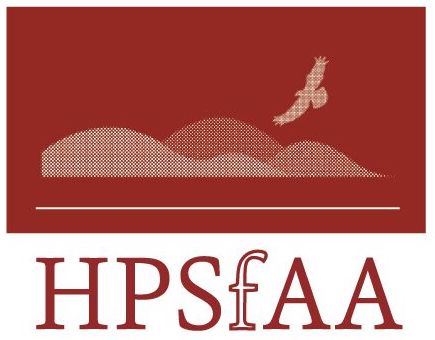  
 
The High Plains Society for Applied Anthropology |
|
Impoverishment Risks and Reconstruction of Kali Gandaki Dam, Nepal
Nogendra Sapkota
Displacement of local people by large infrastructure projects often results in the people’s impoverishment. This paper extracts the characteristics of involuntary resettlement in Kali Gandaki (KG) Dam which is the biggest infrastructure project of Nepal (the Project), financed by the Asian Development Bank. The author focuses on the principal impoverishment risks typical in dam construction. He explores the extent to which these risks became reality in Kali Gandaki and conversely the extent to which measures implemented by the project were successful in counteracting the risks.
The intensity of various impoverishment risks in the Kali Gandaki Dam was not equal: it varied among different sub- groups of a total 1,000 affected families (population 6,000). The main impoverishment risk is loss of land and other income generating assets (e.g., fruit trees). Different sub-groups of affected families now have 25-50 percent less land and assets than before appropriation. Decreased lands and trees have resulted in less volume of agricultural production and number of livestock. The risks of joblessness had low intensity because few affectees held jobs before the Project. Homelessness and house reconstruction problems were serious at the beginning but after a couple of years all affected families have succeeded in rebuilding their houses. The risk of marginalization manifested very severely among Botes (fishermen), indigenous people, and the other very poor groups. The Botes lost their customary land without compensation. Similarly, the risk of food insecurity has also become a reality. Affected families are facing food deficits ranging from 4 to 9 months per annum, mainly due to loss of productive land. The risk of increased morbidity manifested in several ways. Outbreak of cholera claimed several local lives. Among Botes, 70 percent of the children (under five) are malnourished. The risk of loss of access to common property assets took several forms viz. grazing land, community forest, drinking water sources, cremation sites, fishing in the river, and so on. Because of the favorable topographical site of the Project the risk of social disarticulation through dispersion was limited. Most of the affected families have adjusted near or within the old settlement, after expropriation.
The paper also brings evidence about the effectiveness of the risk-limiting measures implemented by the Project. These included: a) heightened rates of compensation for land; b) targeted employment rates of affected people for securing them with paid jobs; c) training in non-agricultural professional skills; d) micro-credit facilities; and e) other forms of agricultural and community development assistance provided by the Project. Particularly, providing project jobs has proven a robust approach and has resulted in unusually significant successes. The paper concludes by proposing pragmatic measures and policy recommendations.
<Get PDF>
Back To List of Previous Issues